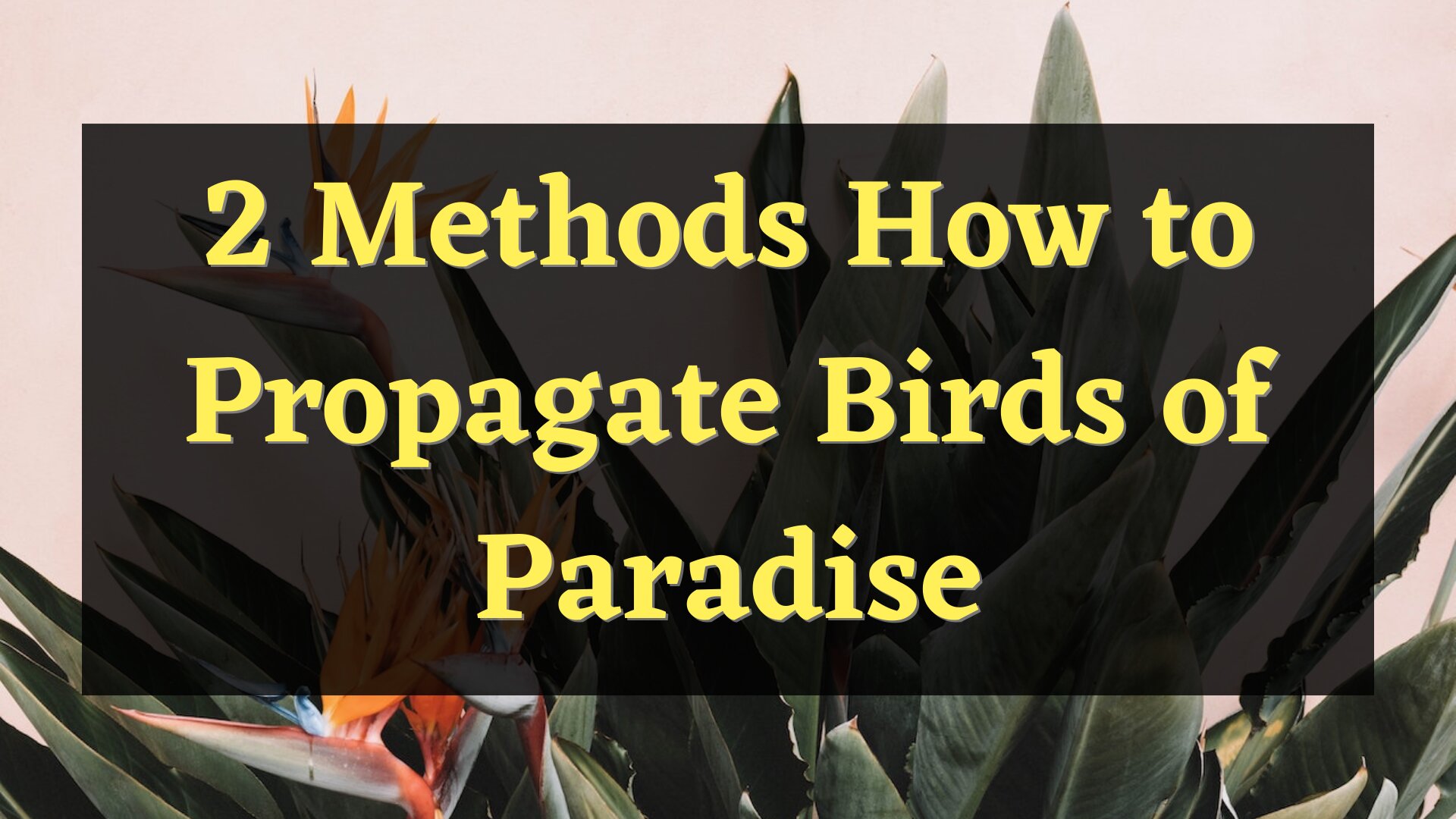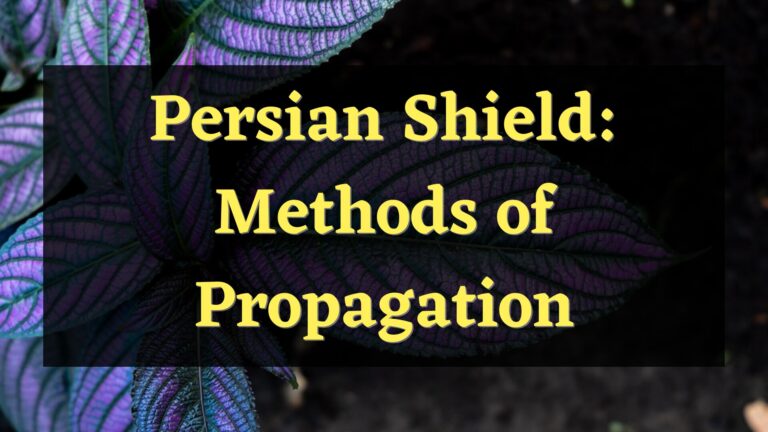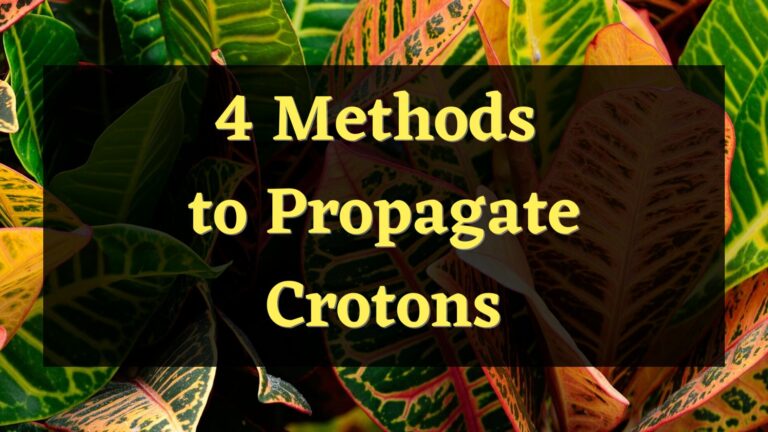Knowing how to propagate birds of paradise properly will increase your plant collection without cost. Birds of paradise plants are visually appealing plants because of their vibrant color. In areas with warm climates, it served as an urban landscape and street plantings. Growing birds of paradise plants are easy because they can easily adapt to different environmental conditions.
About Birds of Paradise
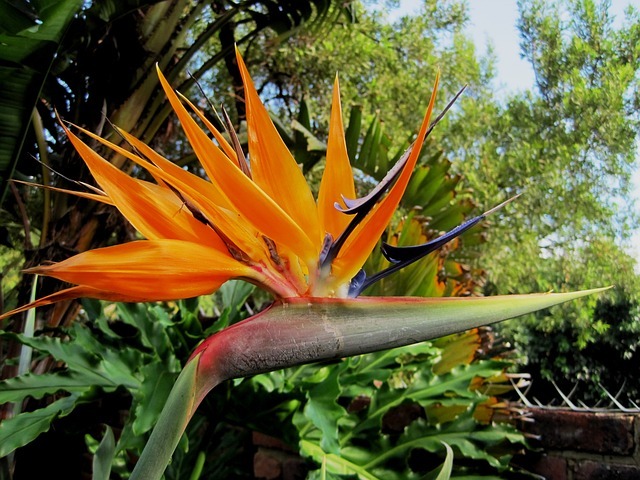
The bird of paradise belongs to the Strelitziaceae plant family that is native to South Africa. The other names of this plant are Crane Flower, Isigude, Bird’s Tongue Flower, Bird of Paradise Flower, and Canna-leaved Strelitzia. The name Strelitzia derived from Queen Charlotte of Mecklenburg – Strelitz in England.
The cultivars of this plant are Strelitzia Reginae, Strelitzia Alba, Strelitzia Nicolai, Strelitzia Caudata, and Strelitzia Juncea. Strelitzia Reginae is the floral emblem of Los Angeles. Its species that are growing indoors are Strelitzia Nicolai and Strelitzia Reginae.
It has eye-catching iridescent orange and midnight blue flowers that resemble a bird of paradise in flight. Its spathe looks like the beak of a bird. It typically takes 3 to 5 years to mature before it blooms. Its flower symbolizes joy and freedom.
How To Propagate Birds of Paradise?
Birds of paradise can propagate from division and seeds. The stem-cutting method is not applicable and will not result in successful propagation because its stem doesn’t have enough tissue to produce a new plant.
Propagating Birds of Paradise from division
The division is the most common use method in propagating this method. Here are the steps to propagate it:
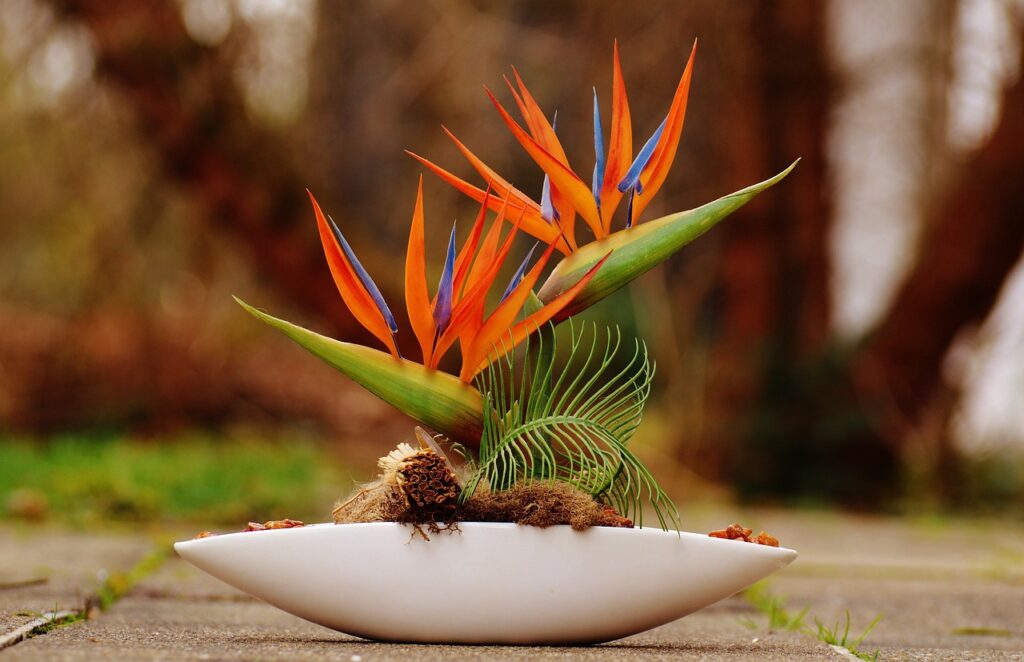
- Choose a healthy Birds of Paradise plant
- The best season to divide the parent plant is on early spring. The plant must be flowering for at least three years and must have more than 6 stems.
- Take the plant out of the pot carefully
- Avoid the roots from getting damaged by pulling out the parent plant carefully. Watering the plant thoroughly before taking it out of the pot can soften the roots so the roots can easily remove from the pot.
- Clean the roots of the plant
- It will help you to easily remove the soil from the roots and check its condition. The damaged roots must be removed to prevent the spread of infections or diseases on the whole plant. Pull a large clump of soil gently until the roots become visible.
- Separate the roots
- Separate the roots with your hands or disinfected a sharp knife. Make sure that the roots are attached to the stem of the plant. Carefully disentangle the roots to prevent them from getting damaged.
- Plant it in a larger pot
- Dig a hole that is suited for the size of the roots. The roots and the stem must be in the same position before you took them out of the original pot. Putting pebbles on the bottom of the pot can improve water drainage and air circulation in the root zone. It can thrive in different types of soil, but it is better to use a loamy potting mixed with perlite or sand. Using a high-quality and well-draining potting mix to promote good drainage.
- Monitor its condition regularly
- Take good care of the plant by keeping the soil moist, maintaining the right temperature, and putting it in a bright and indirect spot. The ideal environment must be maintained until it matures to propagate it effectively. A fertilizer can also be applied after 3 months to permeate the roots. When the temperature rises to 70 degrees Celsius, it must be transferred into a spot with partial shade. It must be grown outdoors in summer and indoors in winter.
Propagating Birds of Paradise from seeds
Listed down are the steps on how to propagate the plant using seeds:
- Harvest the seeds from the parent plant.
- Gather seedpods and open them to remove the seeds. The seedpods typically appear five months after hand-pollinating the flowers. There are approximately 60 – 80 seeds from each seedpod.
- Soak the seeds in water
- Soak the seeds in water for 24 to 48 hours to speed up the germination process. Remove the bright orange tuft of hairs from the seeds after soaking them. Gently separate the seeds that are connected with tufts using a sharp and disinfected knife.
- Sow the seeds in a high-quality potting mix
- Seeds must be buried at a 1-inch depth in a good potting mix. It can thrive in different soil types such as clay, sand, well-draining, and loam. Using sand with perlite or compost will facilitate its growth.
- Cover it with a plastic bag
- Covering the pot with a plastic bag will keep the soil moist and retain the humidity on the surface of the seed. It protects the seed from bacterial growth and diseases.
- Put the seeds outdoors after a few months
- The seed is sensitive in its juvenile stage so it is better to grow it indoors. When the seeds sprouted, they can be transferred indoors.
Which method is the easiest way to propagate?
The division method is the easiest way to propagate Birds of Paradise. This plant has rhizomes where new roots and shoots are developing, that’s why the division method is the easiest way to propagate and grow this plant. It is also easy to maintain and grow when this plant is multiplying through the division method.
The best time to propagate Birds of Paradise
The two factors that must consider in knowing the right time to propagate Birds of Paradise are the season and condition of the plant. Early spring is the best season to propagate birds of paradise. It grows actively in this season so it will grow faster. The plant must be healthy and flowering for at least three years.
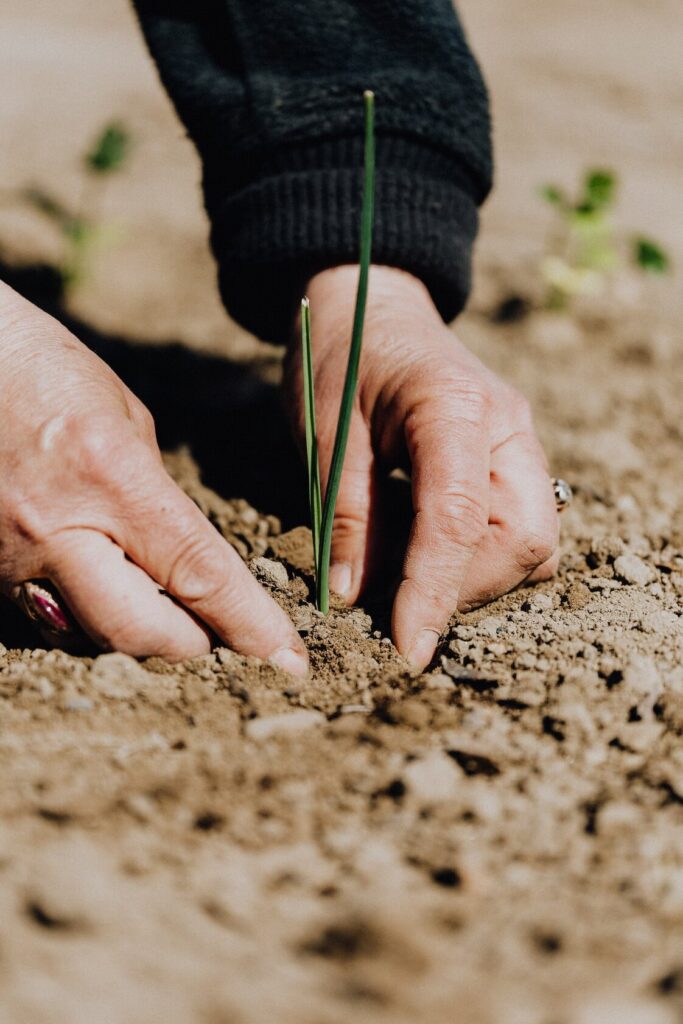
Conclusion
Division and seed germination are the two methods that you can use to propagate birds of paradise. The division method takes less time and effort than seed germination. Increasing your collection of Birds of Paradise plants will add more beauty to the environment. It’s used in floral arrangements and as a container plant for greenhouses, sunrooms, and atriums. It has a vibrant color that can brighten up your landscape.

Elizabeth Mcmillan is a passionate gardener with a strong interest in plants. She used to be a teacher, but Elizabeth has spent the last few years immersing herself in the world of plants, learning about their biology and cultural value and trying out different ways of growing them in her own garden. Elizabeth Mcmillan loves indoor plants, succulents, and cacti, and her friends and family know her as a plant care expert.

